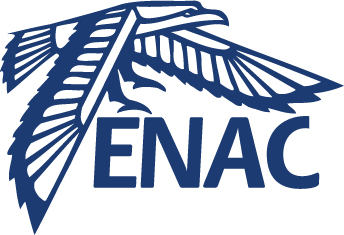Experimental Wind-Field Estimation
Résumé
The use of small RPAS (Remotely Piloted Aircraft System) in atmospheric research has increased mainly because of their compact size and ease of operation.The
presented work focus on the wind estimation based on real flight experiments as part of the SkyScanner project. The overall objective of the project is to estimate
the local wind field in order to study the formation of cumulus-type clouds with a fleet of autonomous mini-RPAs. Generally, wind field measurements have been
done by using a commercial 5-hole probe, such as the one from AEROPROBE.This is an expensive and heavier solution.With the help of algorithmic estimation
of the wind field, multiple smaller and cheaper RPAs can be used for atmospheric measurements.
On this study, a small UAV has been equipped with a classical pitot-static tube for airspeed, a hall effect rotary encoder for angle of attack, and the AEROPROBE for reference values. Location of the on-board sensors has been carefully selected in order to reduce the flow effects coming from the vehicle geometry. Nevertheless these unavoidable effects has been corrected beforehand through a wind tunnel calibration. Autonomous flights have been performed using the Paparazzi Autopilot
System and flight data are recorded on-board the autopilot (APOGEE v1.0) at high speed for post-analyses. An approach based on Unscented Kalman Filter (UKF)
is proposed for nonlinear wind estimation by fusing the on-board GPS, pitot-static tube and the angle of attack sensor. Wind field estimation during both wind tunnel
and real flight is compared with AEROPROBE measurements. As a first result, wind updraft estimation is highlighted by exploiting recorded flight test data.
Domaines
Automatique / Robotique| Origine | Fichiers produits par l'(les) auteur(s) |
|---|
